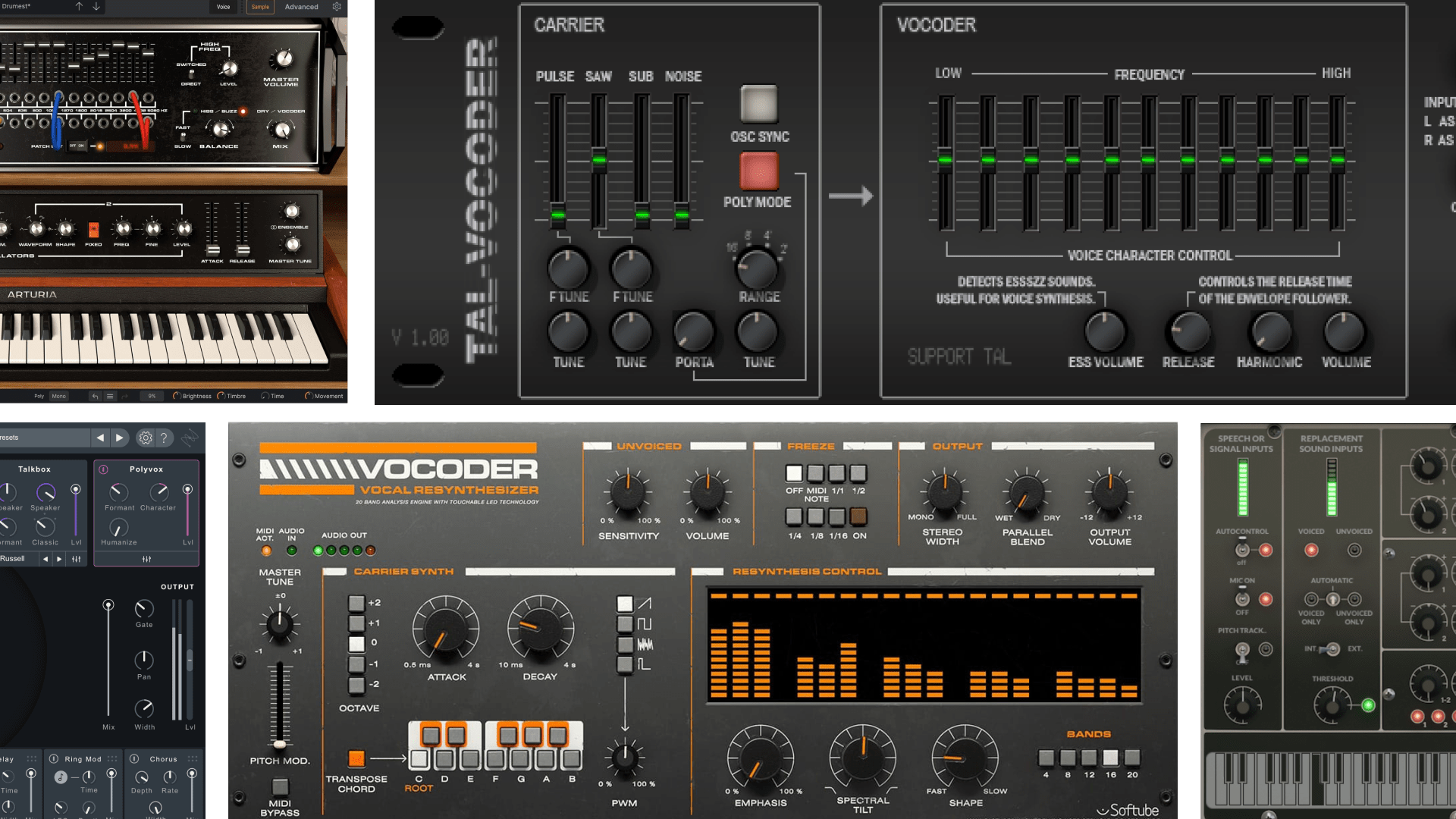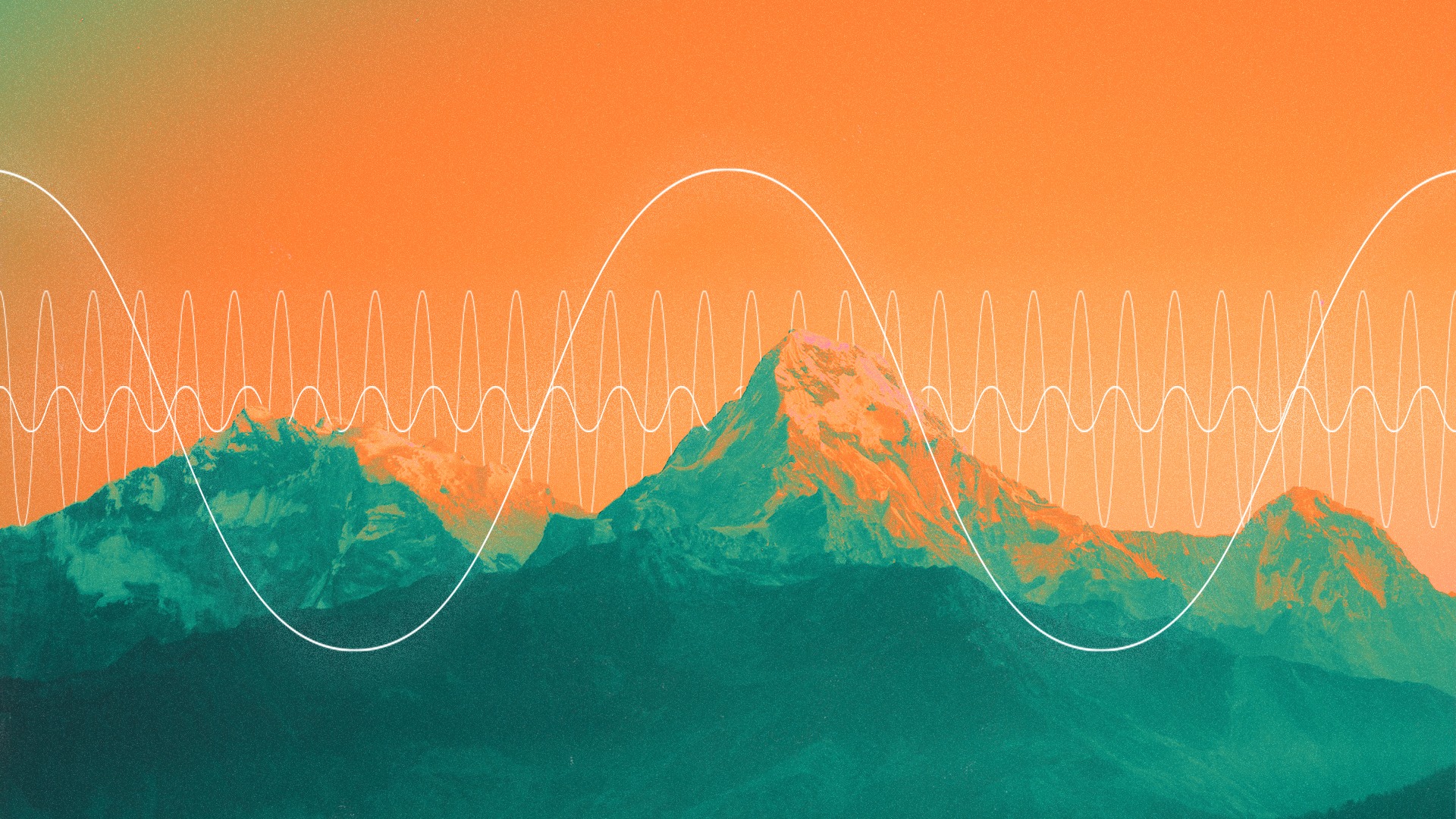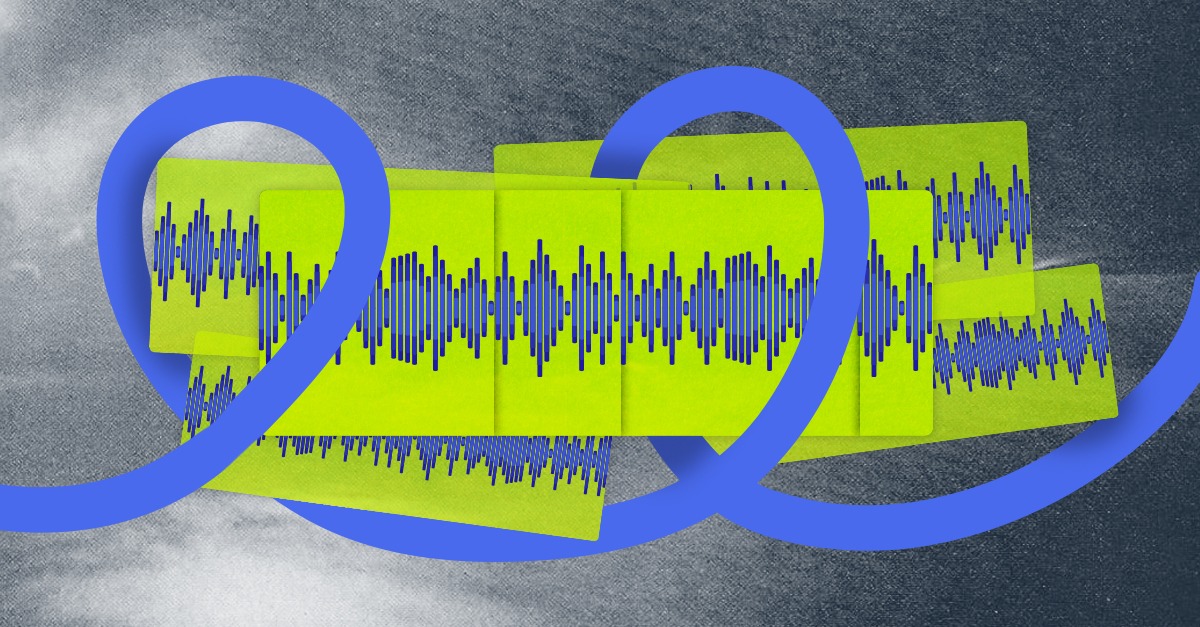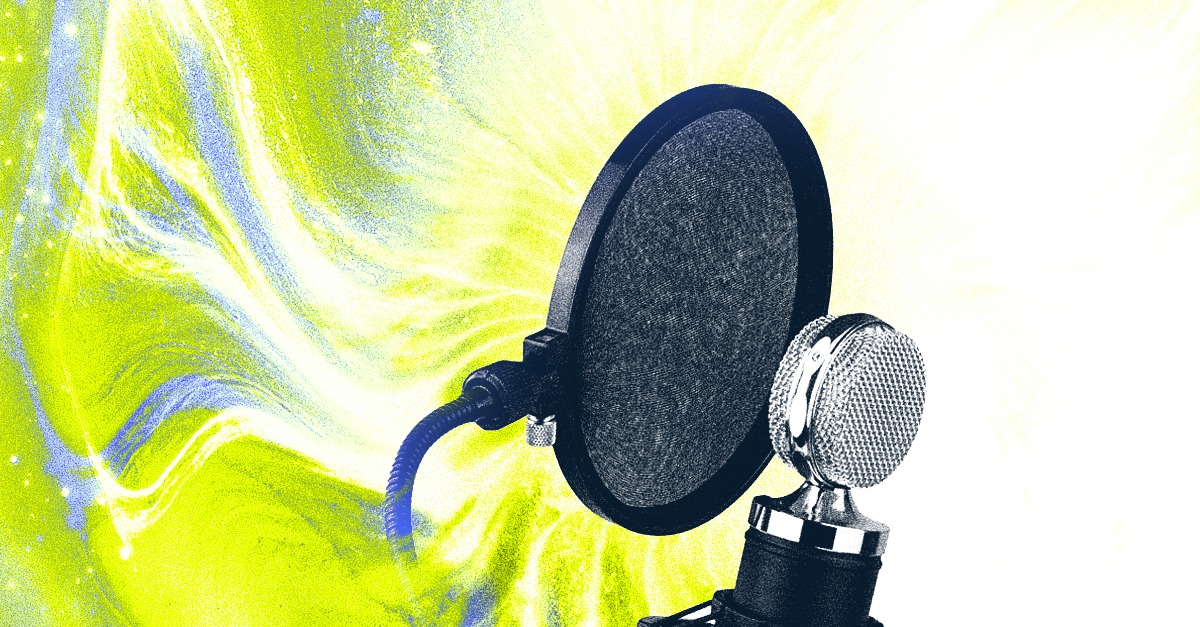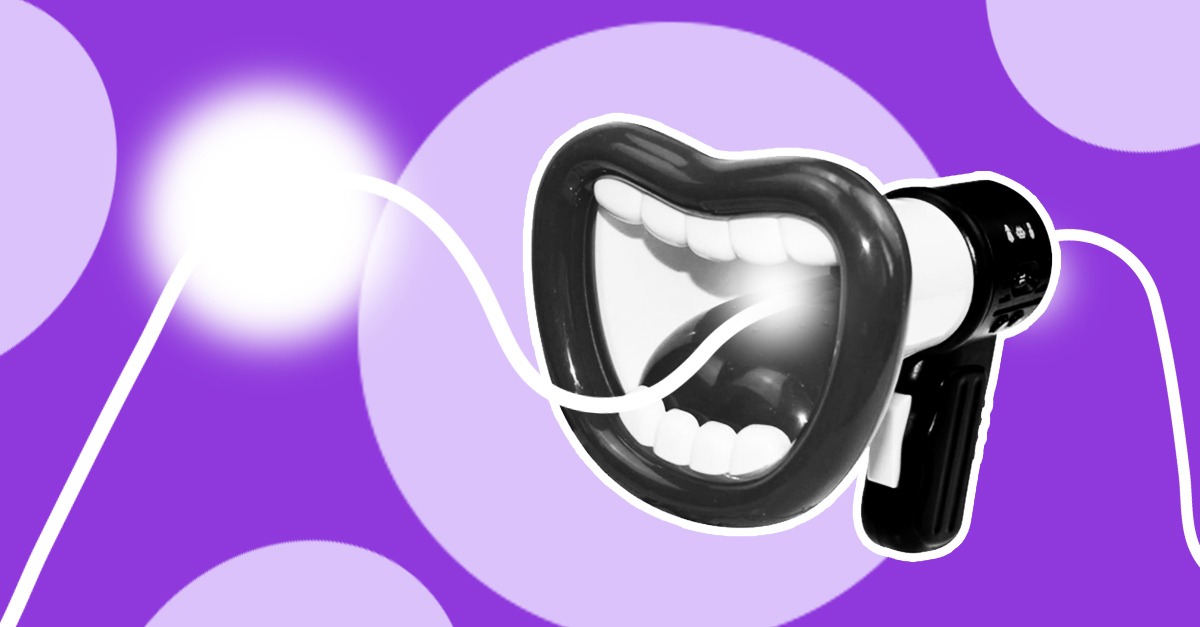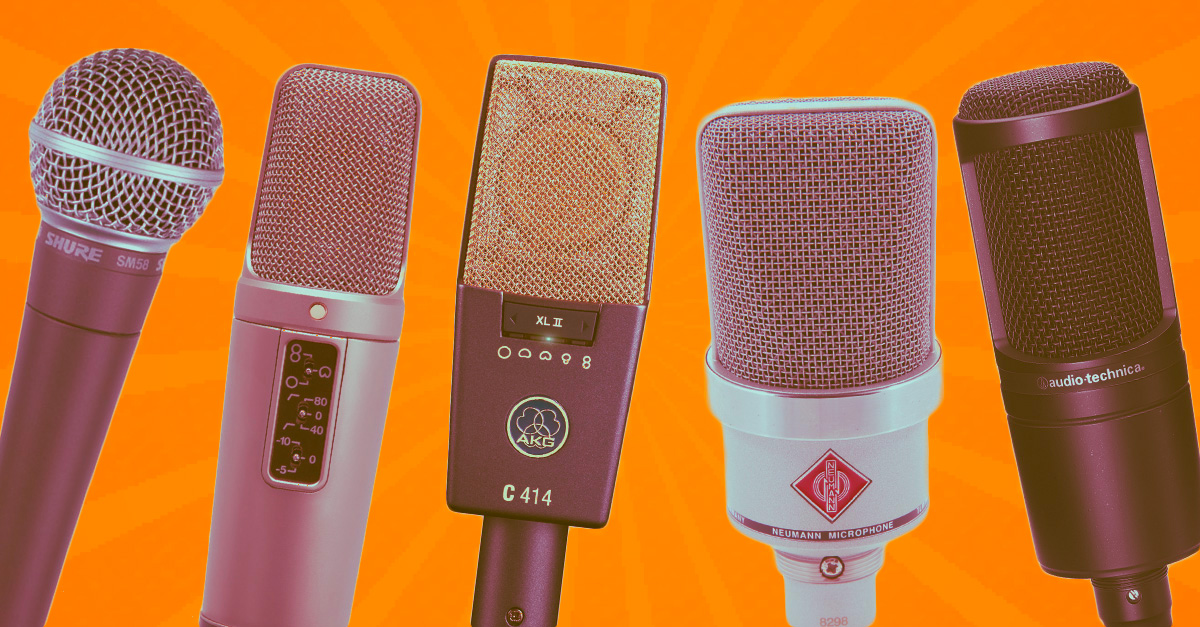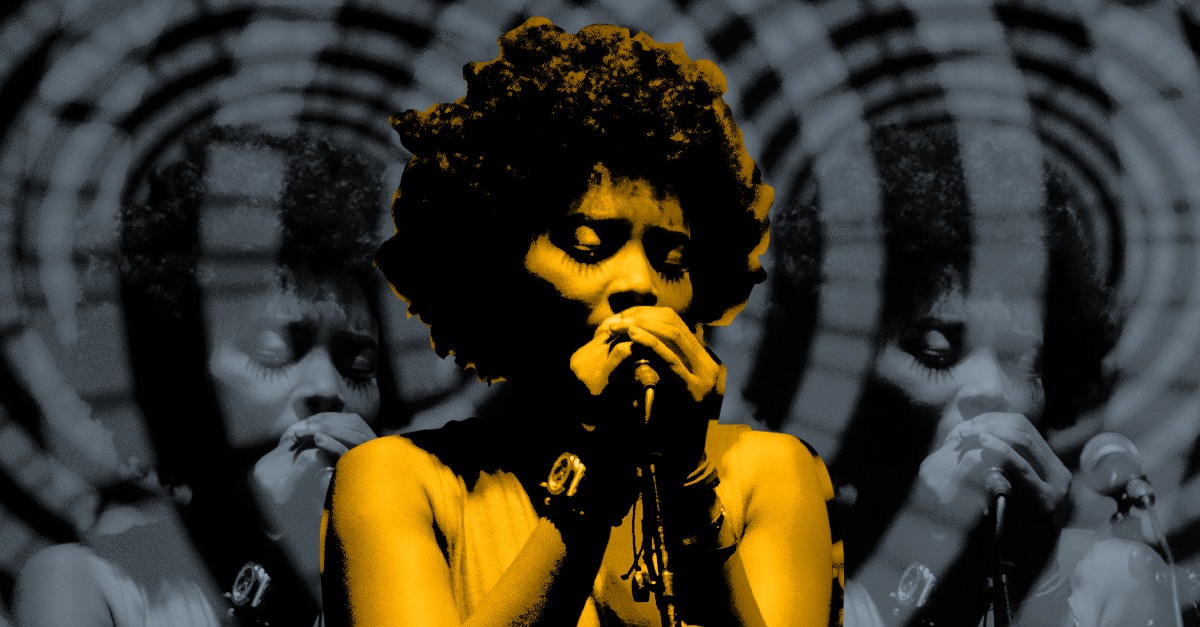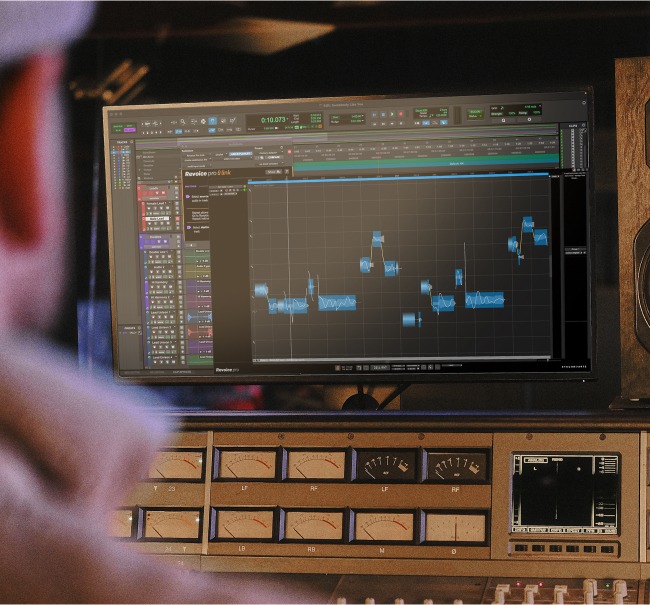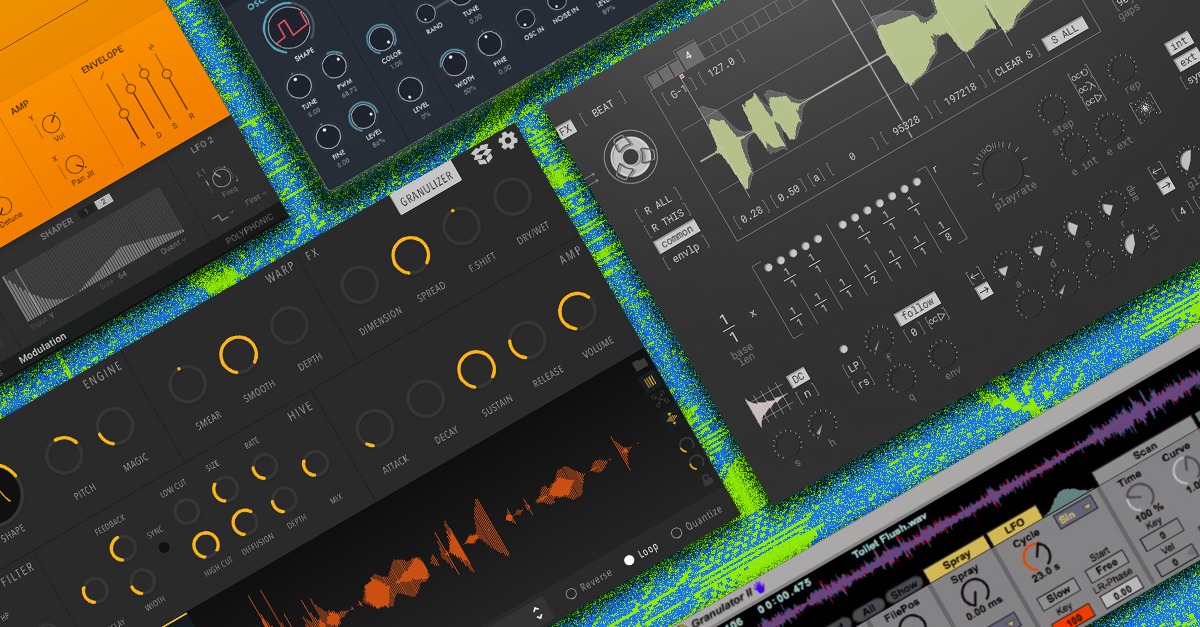
Vocal Layering: 6 Ways To Stack Vocal Tracks For Powerful Sound
Vocal layering is a powerful technique for thick lead vocals, backgrounds and harmonies.
It’s a standard element of pop vocal production, but it’s used in many different genres and styles.
Layering vocals can be as simple as double tracking lead lines, but it can also play an important role in a musical arrangement.
With such a versatile technique, it can be intimidating if you’re just getting started with music production.
In this article I’ll break down the basics of vocal layering and suggest six ways to use it in your own music.
Let’s get started.
What is vocal layering?
Vocal layering is any process in music production that uses multiple recorded passes to change the timbre of the vocal parts in the mix.
The simplest form of vocal layering is called double tracking. It’s a method that uses a second take of the same performance to thicken and support the first.
However, modern vocal production goes far beyond simple double tracking. Today’s pop vocals may be tripled, quadrupled or more!
Similarly, background vocals are usually harmonized and doubled with multiple layers.
Learn vocal production
Get started with these easy guides.

Here are six examples of vocal layering techniques you can try in your music.
1. Layered unison
Sometimes the most powerful arrangement choice is to double the original line. As I mentioned above, you can use any number of double tracking techniques to achieve this effect.
In some genres, a double track isn’t enough for the super smooth, larger-than-life sound required. It’s common in pop to record three or more passes of the original track for ultimate thickening.
This approach requires the vocalist to sing each pass with extreme consistency. Otherwise, the layering effect collapses and the result sounds more like four different singer’s than a unified voice.
Multitracking is great, but adding a second vocalist with a different singing voice can achieve a unique layered unison effect.
This is commonly done by pairing a male and female singer together. Instead of singing exact unison, they may sing an octave apart to compensate for differences in range.
2. Layered harmonies
Doubling the lead is an important technique to know.
But it’s also common for vocal layers to add new lines to your arrangement.
For example, singers often layer vocal harmonies on top of the lead to embellish key lines or sections.
The simplest way to layer harmony vocals is by adding parallel lines at third and fifth intervals.
It’s the classic sound of vocal stacks heard on countless radio hits from the 60s to today.

Quick techniques for easy harmonies.
3. Background vocals
Background vocals are another essential layering technique to use in your music.
Backgrounds are vocal lines and figures that support the lead by providing contrasting or complementary material.
Often, they take the form of a call and response where the background part mimics or embellishes the lead in a back and forth exchange.
But background vocals can do a lot when it comes to making a great lead vocal memorable.
Even so, they might need their own supporting doubles to blend in the mix.
Don’t hesitate to add additional layers to backups, back harmonies, adlibs or fills.
Vocal chops
One great thing about today’s production techniques is how creative you can get with vocal layers.
You don’t even need to sing more layers to create unique new vocal textures.
Vocal chops, unique effects, sampling techniques and other studio tricks can let you use your existing vocal recordings to create new layers.
Here are a few techniques to try.
4. Create vocal pads with reverb and delay
Sometimes, an ethereal vocal that floats in the background is better than any synth pad.
Luckily, creating a ghostly, shimmering vocal layer is as easy as adding plenty of delay and reverb.
Try an algorithmic reverb with lots of character and set the decay time and modulation high.
Then blend in a healthy amount of wet signal until the modulating reverb almost takes over.
You can do the same with delay for a different character that emphasizes the trailing repeats.
5. Chop up vocals in your sampler
Sampling can turn vocals into something unexpected. It’s the technique at the heart of the term “vocal chop.”
Vocal chopping means rearranging segments of a vocal recording to create a new texture.

To try it out, load up a sampler plugin like Ableton Simpler and drop in a vocal track.
Add trigger points by detecting the transients or manually dropping markers between notes, words or features of the vocal track.
Now you can play slices back using a MIDI keyboard until you find an interesting combination.
You can even play back the samples at different pitches to create harmonic information from a single vocal line.
6. Use vocals in a granular synth
Granular synthesis takes incoming audio, breaks it up into tiny segments and rearranges them to create futuristic synth sounds.
You can use almost any audio as the source in a granular synth engine like Ableton’s Granulator II.
But vocals produce especially interesting granular sound that can work wonders for layering purposes.
Experiment with settings like grain size, playback direction and pitch to create a synthetic digital sound from your vocals.
Vocal layers
You’ll probably want to try some form of vocal layering in the majority of tracks you produce.
Whether you need the superhuman triple tracks of mainstream pop or an experimental ambient vocal pad, something on this list will inspire you.
If you’ve made it through this article you’ll have a great start for layering vocals.
Gear guides, tips, tutorials, inspiration and more—delivered weekly.
Keep up with the LANDR Blog.


